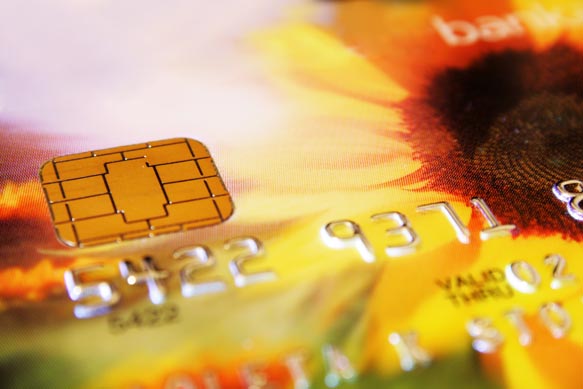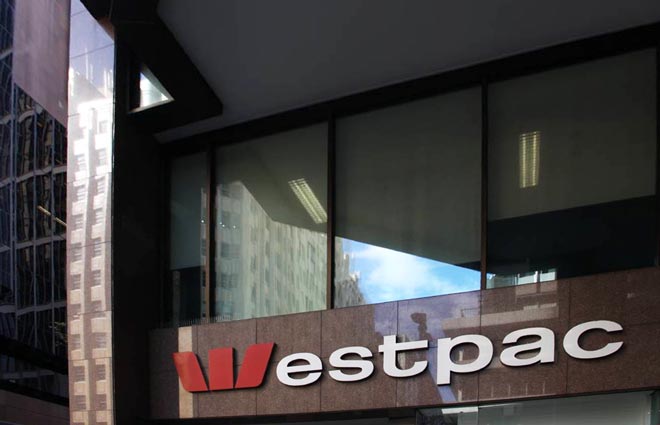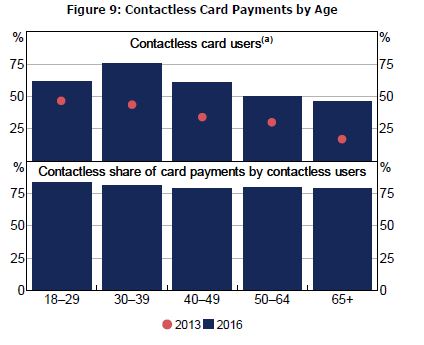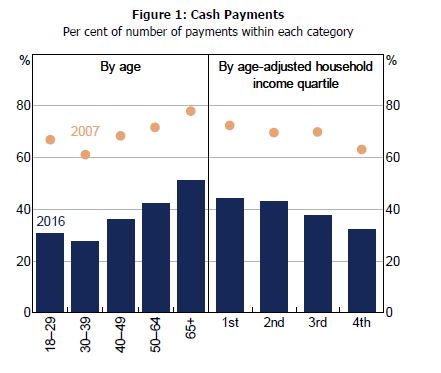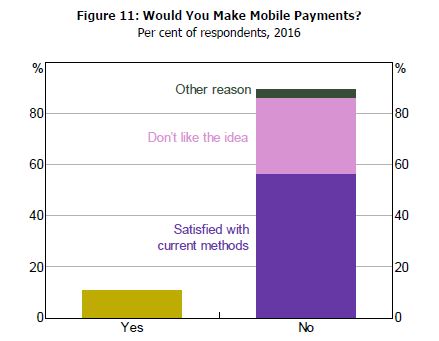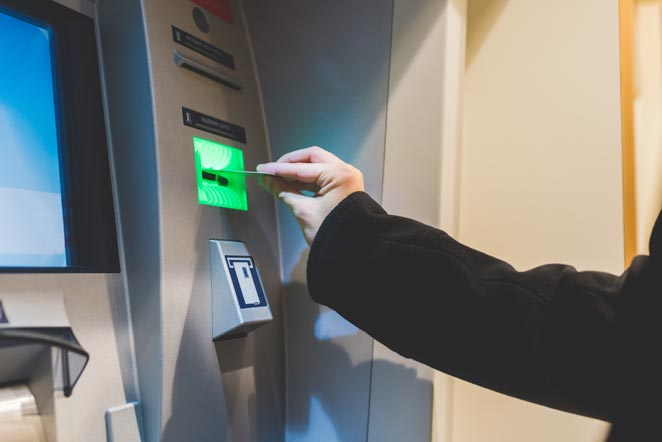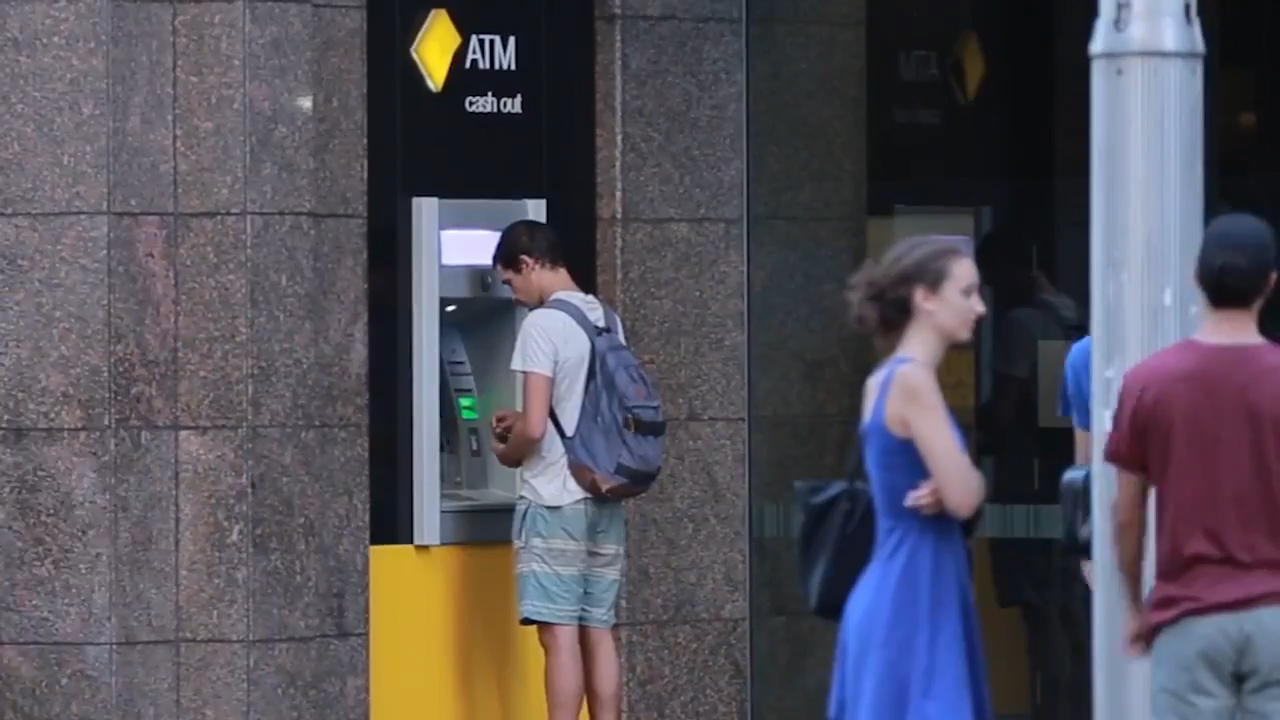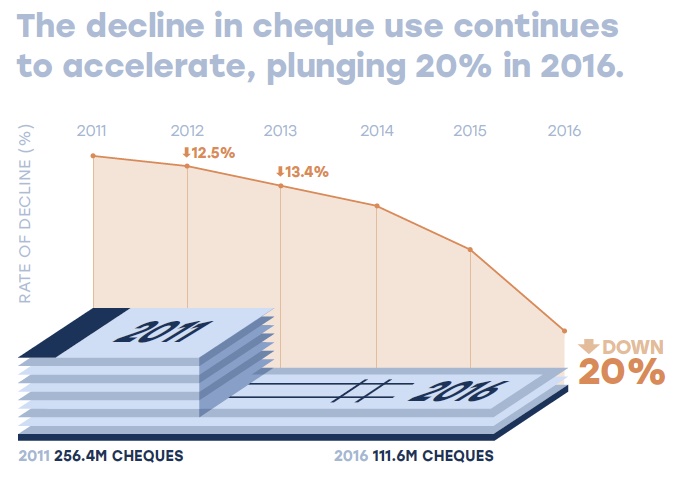The Treasury has released draft legislation for review which is designed to improving consumer outcomes and enhancing competition. The purpose of the amendments is to reduce the likelihood of consumers being granted excessive credit limits, to align the way interest is charged with consumers’ reasonable expectations and to make it easier for consumers to terminate a credit card or reduce a credit limit.
- require that affordability assessments be based on a consumer’s ability to repay the credit limit within a reasonable period;
- prohibit unsolicited offers of credit limit increases;
- simplify how interest is calculated, including prohibiting credit card providers from backdating interest charges; and
- require credit card providers to have online options to cancel a credit card or to reduce credit limits.
The consultation on the draft Bill will close on Wednesday, 23 August 2017.
Reform 1: tighten responsible lending obligations for credit card contracts
This introduces a new requirement that a consumer’s unsuitability for a credit card contract or credit limit increase be assessed on whether the consumer could repay an amount equivalent to the credit limit of the contract within a period determined by the Australian Securities and Investments Commission (ASIC).
This requirement will apply to licensees that provide credit assistance, and licensees that are credit providers, in relation to both new and existing credit card contracts from 1 January 2019. Existing civil and criminal penalties for breaches of the responsible lending obligations will apply to breaches of the new requirement. Existing infringement notice powers will also apply.
Reform 2: prohibit unsolicited credit limit offers in relation to credit card contracts
This prohibits credit card providers from making any unsolicited credit limit offers by broadening the existing prohibition to all forms of communication and removing the informed consent exemption. These amendments apply in relation to both new and existing credit card contracts from 1 January 2018. Existing civil and criminal penalties for breaches of the prohibition against unsolicited credit limit offers will apply. Existing infringement notice powers will also apply.
Reform 3: simplify the calculation of interest charges under credit card contracts
These amendments will prevent credit card providers from imposing interest charges retrospectively to a credit card balance, or part of a balance, that has had the benefit of an interest-free period. These amendments apply in relation to both new and existing credit card contracts from 1 January 2019.
Failure to comply with this requirement attracts civil penalties of 2,000 penalty units and criminal penalties of 50 penalty units. The infringement notice scheme contained in the Credit Act will also apply.
Reform 4: reducing credit limits and terminating credit card contracts, including by online means
A key amendment is to require credit card contracts entered into on or after 1 January 2019 to allow consumers to request to reduce the limit of their credit card (a ‘credit limit reduction entitlement’) or terminate a credit card contract (a ‘credit card termination requirement’).
Where a credit card contract contains a credit limit reduction entitlement or a credit card termination requirement the amendments also provide for the following:
- the credit card provider must provide an online means for the consumer to make a request to reduce their credit card limit or terminate their credit card contract;
- following such a request, the credit card provider must not make a suggestion that is contrary to the consumer’s request; and
- the credit card provider must take reasonable steps to ensure that the request is given effect to.
These further amendments apply to credit card contracts entered into before, on or after 1 January 2019.
Failure to comply with these requirements attracts civil penalties of 2,000 penalty units and criminal penalties of 50 penalty units. The infringement notice scheme contained in the Credit Act will also apply.

